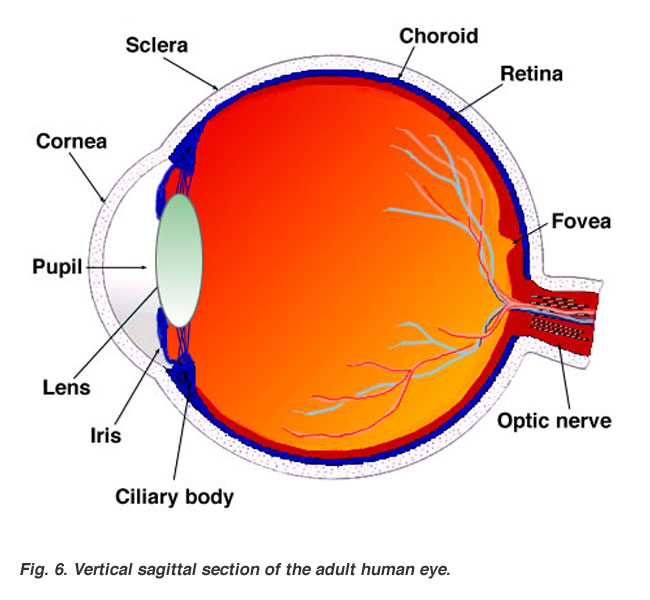
Gay or Straight? The Nose Knows
By Laura Blackburn
ScienceNOW Daily News
9 May 2006
When it comes to responding to pheromonelike chemical signals, lesbian women are much more like heterosexual men than their straight counterparts, according to a new study. The findings could lead to new insights into the neural basis of sexual preference and behavior, say the researchers. Pheromones are the ultimate aphrodisiacs. Many animals use the sex-specific scents to sniff out their partner of choice. The pheromones of female moths, for example, can attract a mate from several kilometers away. Whether the substances also play a role in human mating is less clear. Potential candidates include AND, a progesterone-derived molecule found in men's sweat, and EST, which is related to estrogen and found in pregnant women's urine. But neither has yet met the strict criteria that would define it as a pheromone.
Nevertheless, the compounds do seem to have sex-specific effects. In response to a whiff of AND, heterosexual women and homosexual men respond in the same way: The front part of their brain's hypothalamus, which plays a role in sexual behavior, starts to rev up. Heterosexual men, on the other hand, don't respond to AND. For them, EST hits the spot (ScienceNOW, 9 May 2005).
Neurologist Ivanka Savic-Berglund of the Karolinska Institute in Stockholm, Sweden, and colleagues wondered how lesbian women would respond to these substances. The team gave 12 lesbians a sniff of AND and EST and used positron emission tomography to measure blood flow in their brains. They then compared these results to those obtained from their previous studies on heterosexual men and women.
Much like heterosexual men, lesbians responded to EST but not AND. The way that EST activated the hypothalamus, however, was not identical in the two groups. In other words, the brain's response to female compound differed slightly depending on whether a man or woman was doing the smelling. This contrasts with the results of the previous study, in which the brain's response to a male hormone (AND) was almost exactly the same, regardless of the smeller. Thus, says Savic-Berglund, while gay men and straight women have an essentially identical response to an attractive hormone, gay women and straight men differ slightly in this response. This discrepancy may indicate that homosexuality does not work the same way in men and women--at least on a neural level, the team reports online this week in Proceedings of the National Academy of Sciences.
"This is a very nice study, with clear findings" says neuroscientist Sandra Witelson of the de Groote Medical School at McMaster University in Ontario, Canada. Further research will allow scientists to unravel whether the relationship between sexual preference and brain response is learned or "hard-wired" into the brain and will give valuable insight into the differences between male and female homosexuality, she says.
 Behold, a female robot created in Korea:
Behold, a female robot created in Korea:













